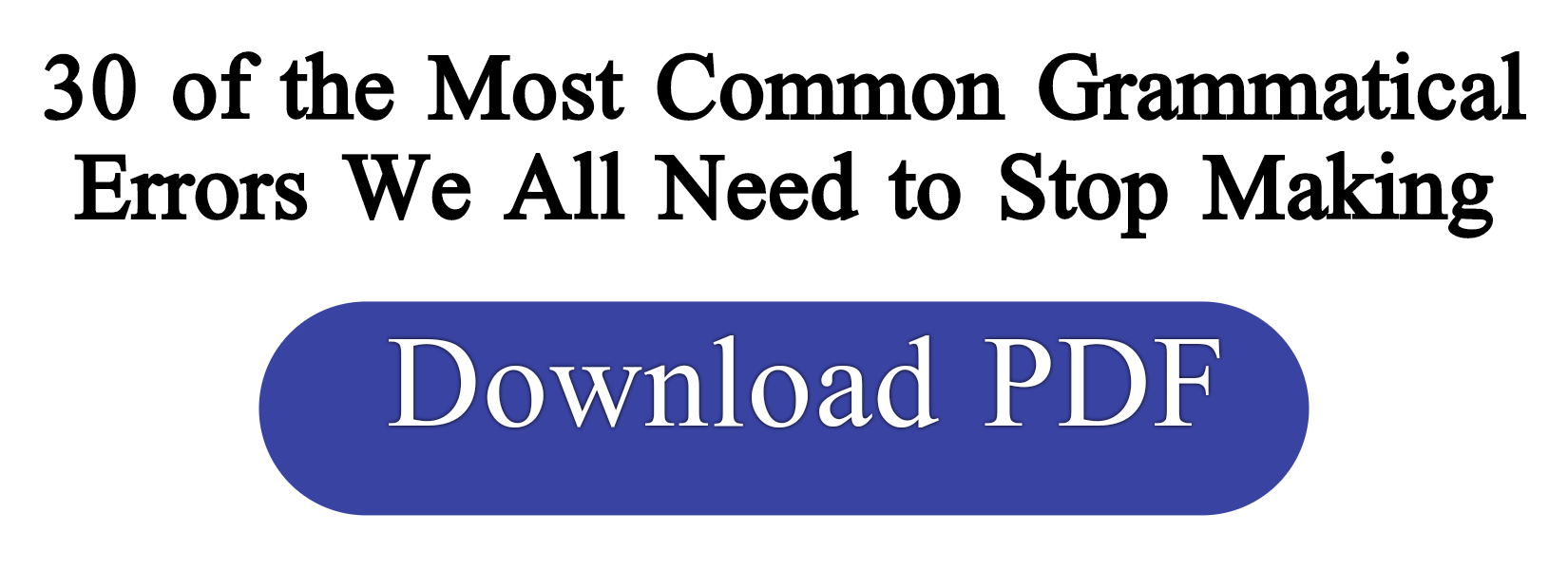in the sentence. A modifier describes, clarifies, or gives more detail about a
concept.
Consider this sentence:
✅ Having finished the assignment, Jill turned on the TV.
"Having finished" states an action but does not name the doer of that action. In
English sentences, the doer must be the subject of the main clause that follows.
In this sentence, it is Jill. She seems logically to be the one doing the action
("having finished"), and this sentence therefore does not have a dangling
modifier.
Now consider this sentence:
❎ Having finished the assignment, the TV was turned on.
Having finished is a participle expressing action, but the doer is not the TV Set (the subject of the main clause): TV sets don't finish assignments. Since the doer of the action expressed in the participle has not been clearly stated, the participial phrase is said to be a dangling modifier.
Examples of dangling modifiers and revisions:
❎ Dangling modifier:
After reading the original study, the article remains unconvincing.
(The article--the subject of the main clause--did not read the original study.)
✅ Possible revisions:
After reading the original study, I find the article unconvincing.
Or,
The article remains unconvincing in light of the original study. (no modifying phrase)
❎ Dangling modifier:
Relieved of your responsibilities at your job, your home should be a place to relax.
✅ Possible revision:
Relieved of your responsibilities at your job, you should be able to relax at home.
Characteristics of dangling modifiers:
They most frequently occur at the beginning of sentences (Often as clauses or phrases) but can also appear at the end.









